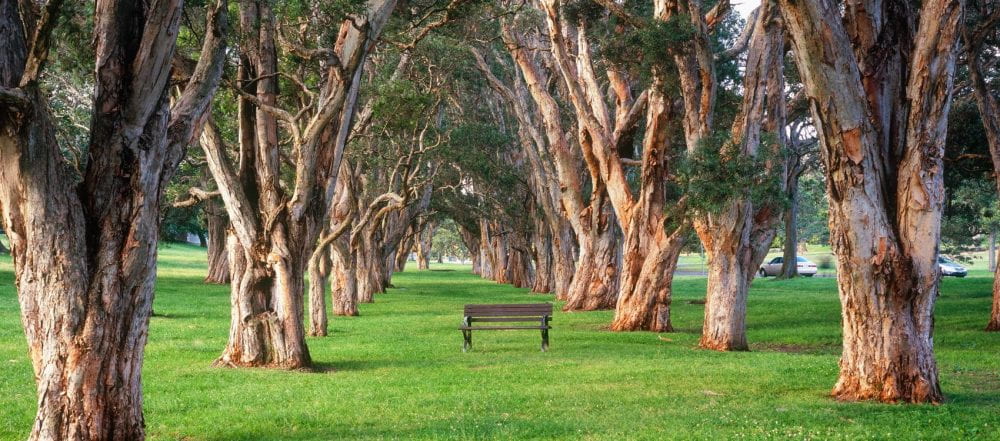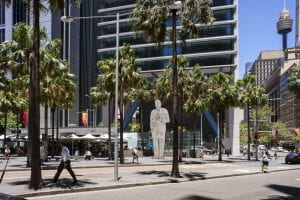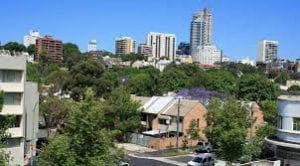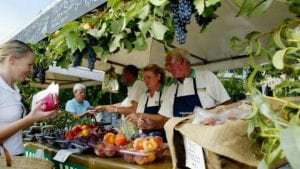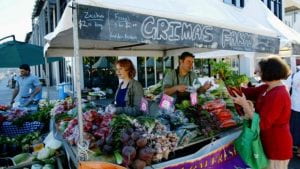Implementing trees and other vegetation can be useful in cities to benefit the health of city s and to connect urban areas to nature, but it can also improve the cities’ economy.
Mumford’s book, The Culture of Cities refers to urban cities as a “will-to-power and the will-to-profit” place which creates a societal problem when the city focuses on the economy and profitable needs rather than to coordinate on the basis of more essential human values (27). Sydney’s greening plan focuses on how greening can also be used to benefit the cities economy along with improving the health of the environment and city dwellers. Sydney is implementing ways that vegetation in cities can become profitable and better the community and environment simultaneously.
Sydney’s Greening plan lists ways greening can benefit the city economically:
- A reduction in cooling costs
- An increase in real estate values
- A reduction in health service costs
- An improvement in the viability of retail activity.
Urban Canopy
One area of Sydney’s greening plan is the urban canopy. The urban canopy is a new development that focuses on protecting the city’s urban forest to deliver climate change benefits. Planting more trees to create an urban forest can reduce the urban heat island and create stormwater benefits which can cause a reduction in cooling costs. The cost reduction for human essentials benefits the economy but also benefits individuals directly due to having improved air quality, less pollution, and a stronger connection to nature. Improving an urban canopy can reduce the cost of health services city members pay to the numerous positive effects trees and landscapes bring to an urban area. One of the most obvious economic benefits of the urban canopy is the increase in real estate values due to providing a natural appeal and improving property value.
“in 2002, American forests identified canopy cover targets by land use— (15% in central business districts and industrial areas, 25% in urban residential and light commercial areas, and 50% in suburban residential areas). The city’s vision is for an increase of 50% by 2030 and 75% by 2050.”
Retail Activity
Sydney’s goal of creating an urban landscape benefits the economy of the city by providing more opportunities and areas for retail activity. Clearing sidewalks, building gardens, and planting trees for shade are all aspects that can easily improve a city’s economy. Creating a landscape allows for more local businesses to flourish and also allows them to remain viable by providing proper areas for them to be located throughout the city. Farmers’ markets, local businesses, and other job opportunities can be easily accessible for city dwellers when provided in areas filled with nature. In my interview with permaculture and sustainability professor, Lydia Silva, she stated “natural greenspace will bring people together and will change the energy. I feel like it’s a perspective shifter for sure. It really just has you shift into a different mode when you’re in a green space because you’re not in your every day, you know, rat race.” Providing areas that allow members of the city to enjoy the present and slow down their everyday pace, will improve their social and mental well-being but will also boost local businesses due to creating areas of markets where people can stroll and shop throughout the city. Shopping in the city won’t be avoided and dreaded once designated areas are provided with shade, greenery, and spaces for retail activity.
Leah Penniman wrote “Radical Farmers Use Fresh Food to Fight Racial Injustice and the New Jim Crow” which displays food injustice and how urban and lower-income communities have the least amount of access to fresh locally grown food. Pennimen wrote, “The aim should be to reflect a diversity of experiences as well as to include voices that may have otherwise been left out of the conversation.” Urban agriculture helps develop local food communities that target minority communities due to having many difficulties accessing food due to numerous systems of oppression. Creating local food communities allows for urban communities to come together and provide green spaces for the people of the community. Penniman explains that healthy and organic food being inaccessible to black communities is “fatalism” and another form of institutionalized racism. Creating urban agriculture opportunities helps boost local economies which bring more resources to the community, along with creating farmers markets and local fresh food stands that bring more accessible food into urban areas. Urban agriculture is needed to provide more accessible food to urban communities, but to also provide food justice for people of color. Creating urban food markets is important in Sydney, Australia due to being the largest multicultural city in Australia, making sure people of color have access to fresh foods is important in creating food justice in urban areas.
Sydney’s Greening plan emphasizes how greening the city will improve individuals, the economy, and the environment in numerous aspects. It is important to note how all of these areas are integrated within one another, and how each aspect positively benefits each other. Providing market places will benefit Sydney’s economy, along with providing more landscape for individuals to visit throughout the city. All of these ideas create a community where individuals can become a part of something meaningful and create relationships they were missing with one another and with nature.
